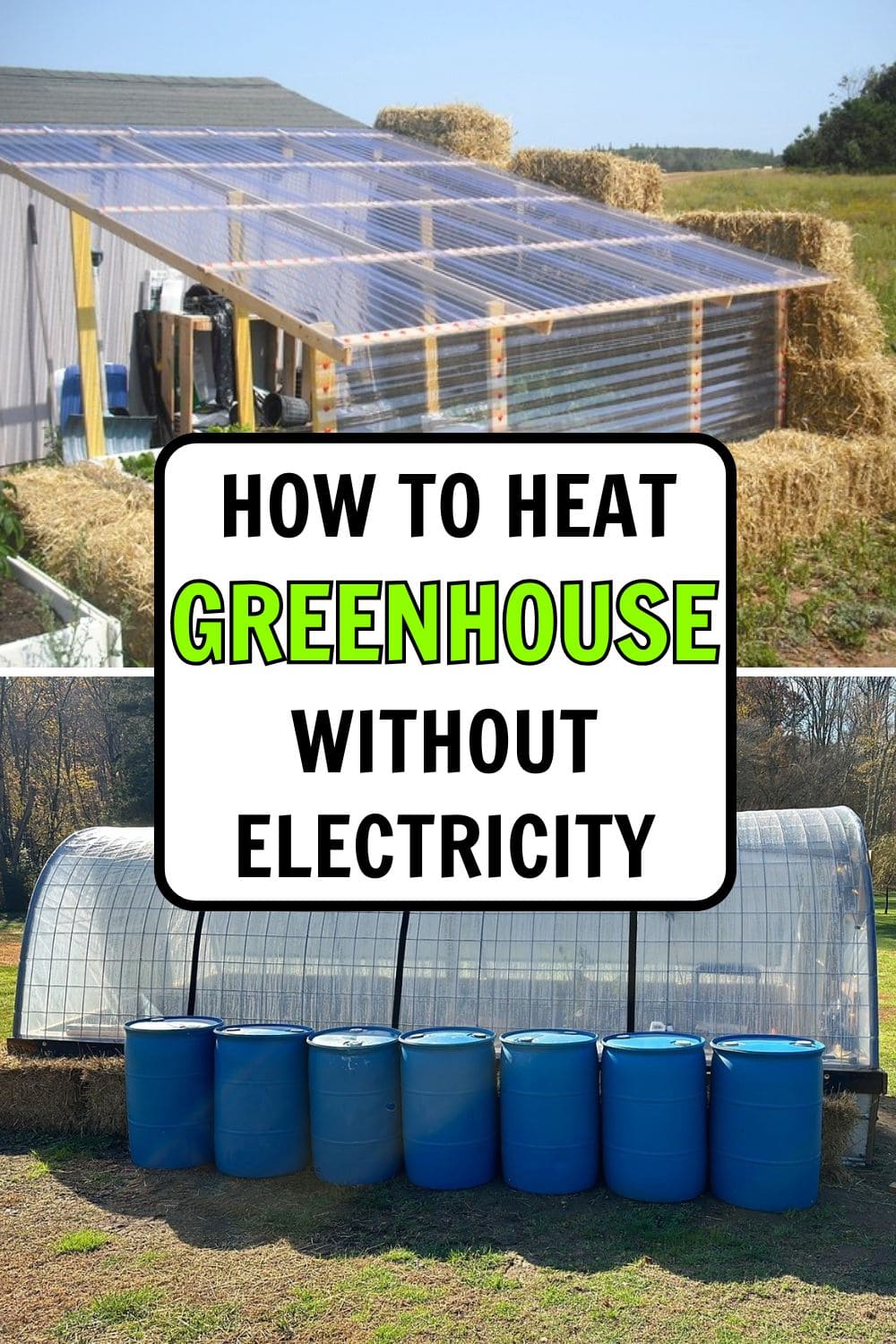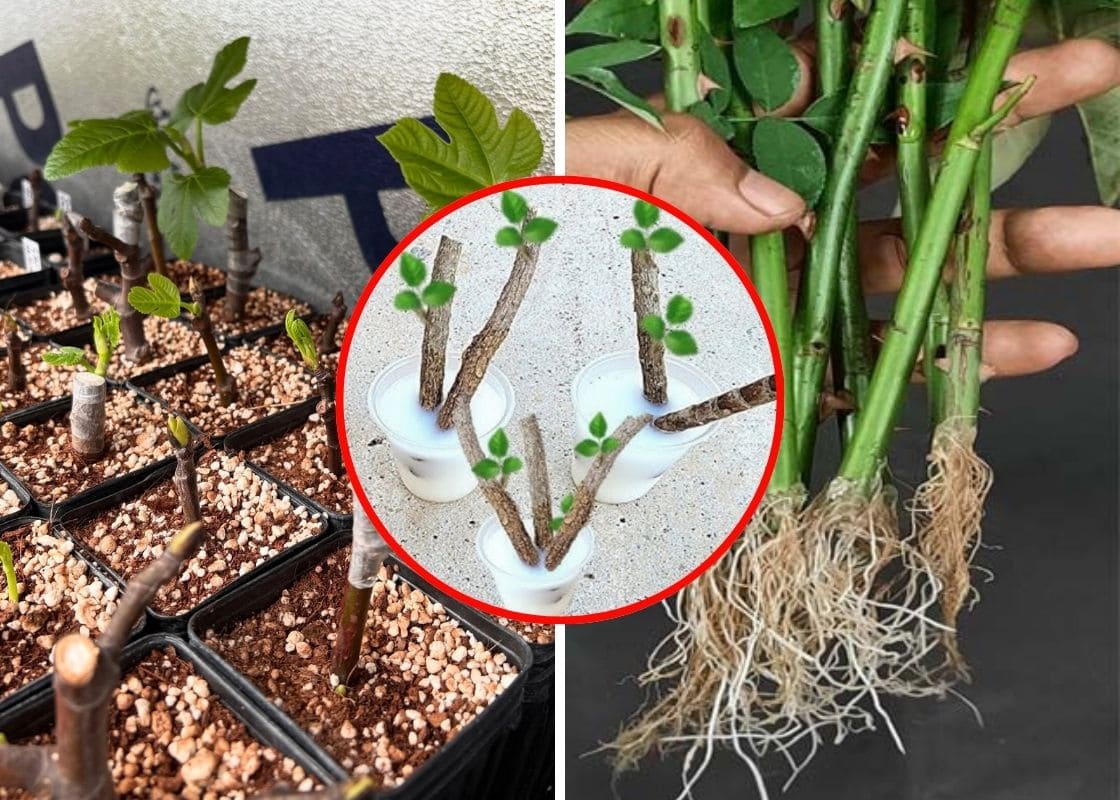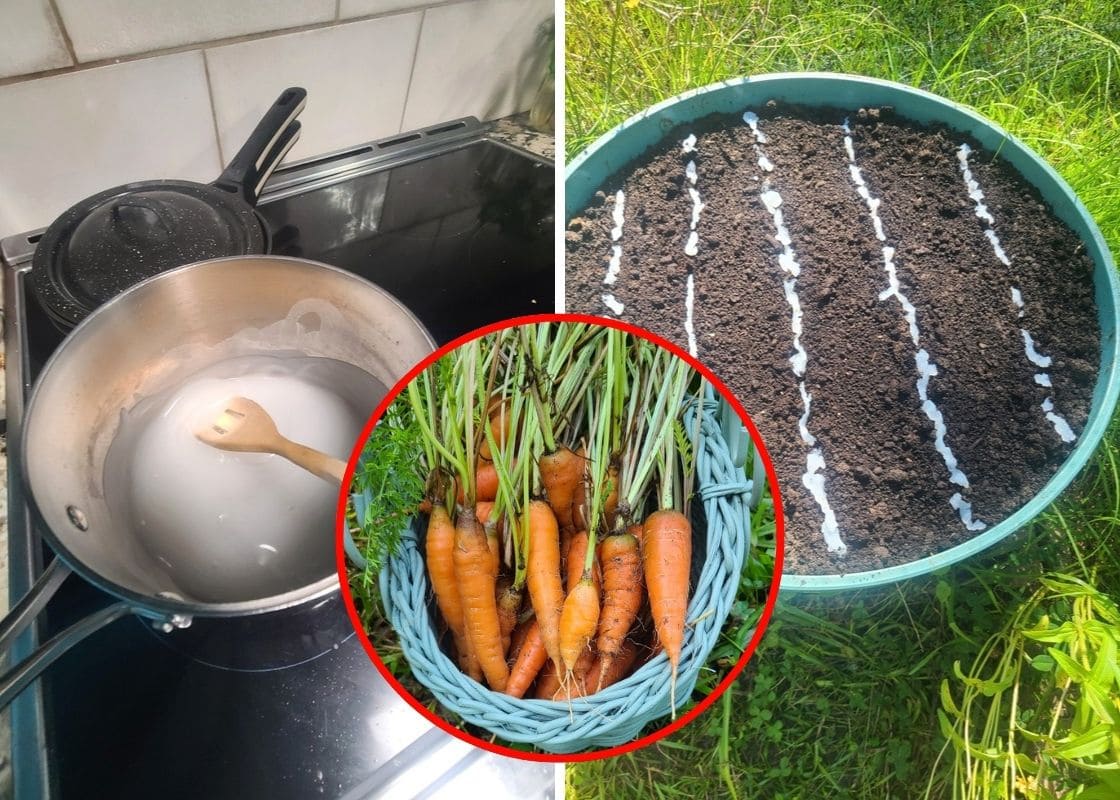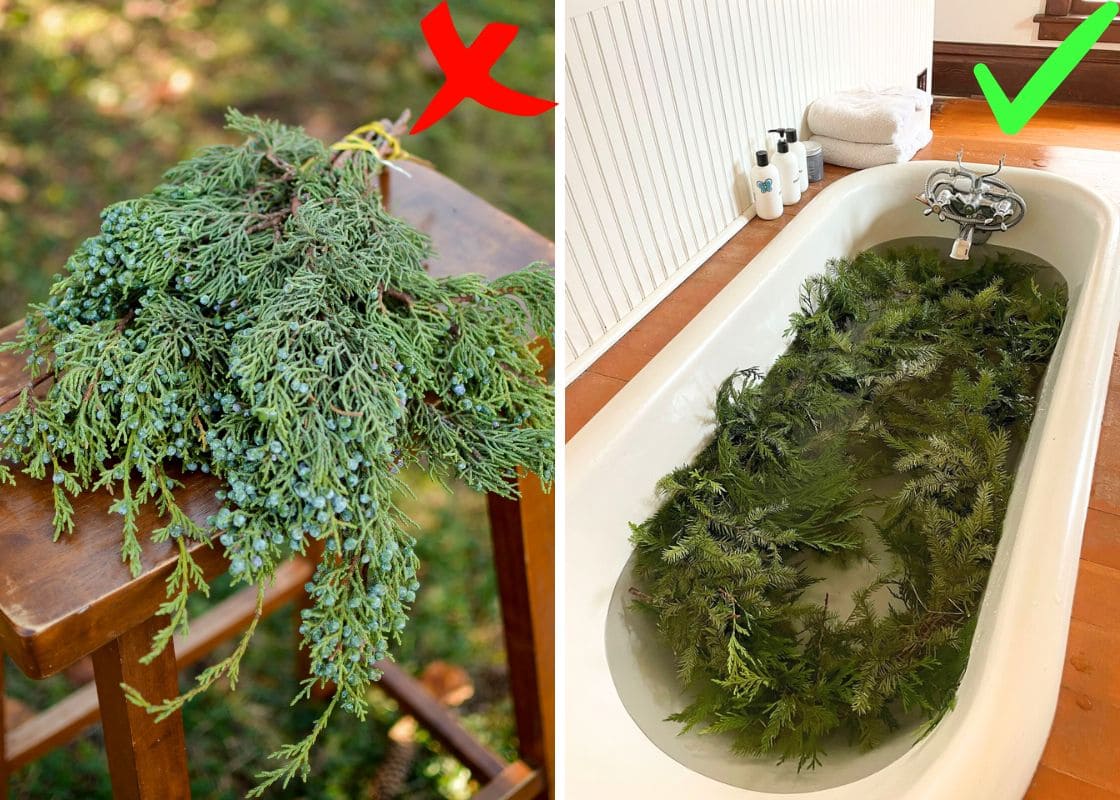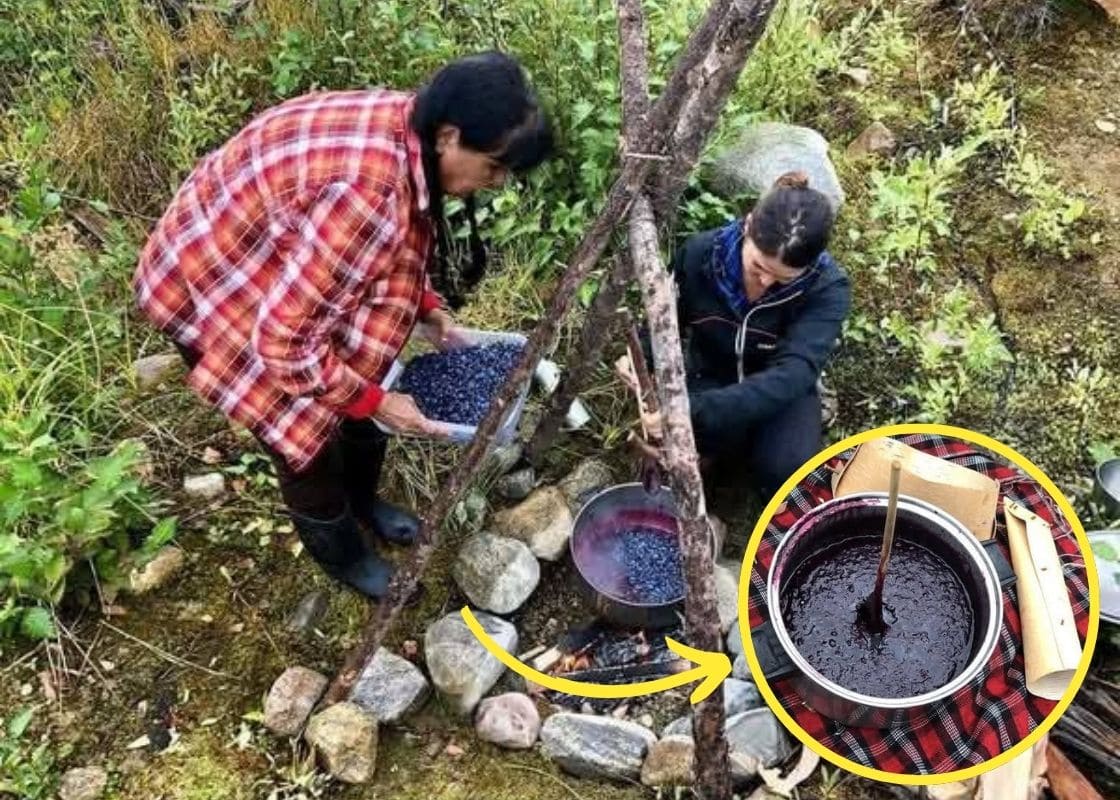If you’ve ever walked into a greenhouse on a winter morning and felt that biting chill, you know how crucial it is to protect your plants from freezing temperatures.
But not every gardener has access to power or wants to rack up electric bills to keep things cozy.
Despite this, you can warm your greenhouse in winter without flipping a single switch. With a little planning and a few techniques, you can keep your crops thriving even when frost is on the ground.
Read more: How to Build a Walipini Greenhouse for Growing Year-Round
Understand Where Heat Escapes First
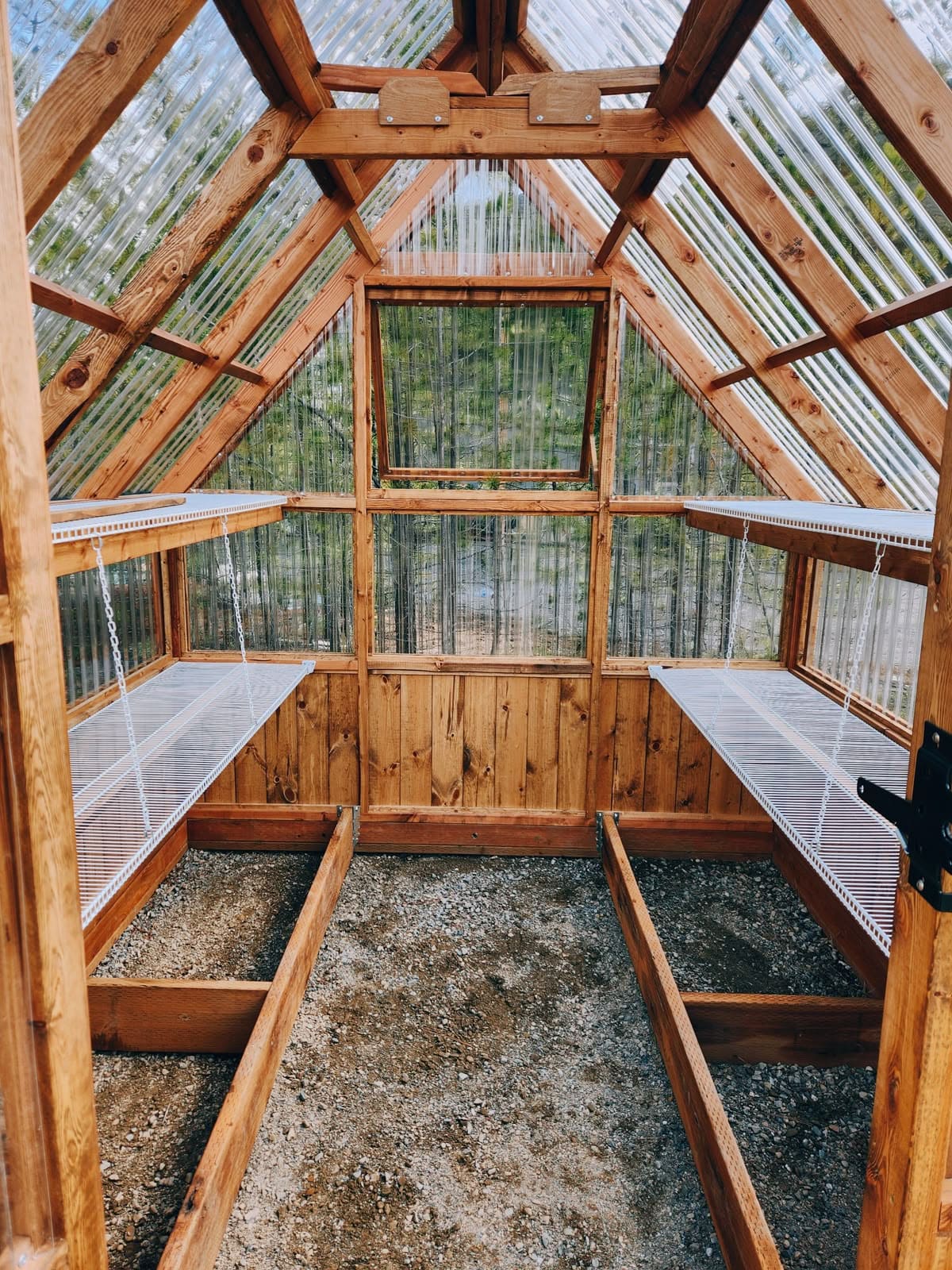
Before you try to heat anything, seal it up. Most heat escapes through the roof and sides of a greenhouse, especially if there are gaps or poor insulation.
Cold can also creep in from the ground. So, patch tears, use weatherstripping on doors, and line the inside with bubble wrap or clear plastic sheeting to add a layer of thermal insulation.
Thermal Mass: The Silent Heat Source
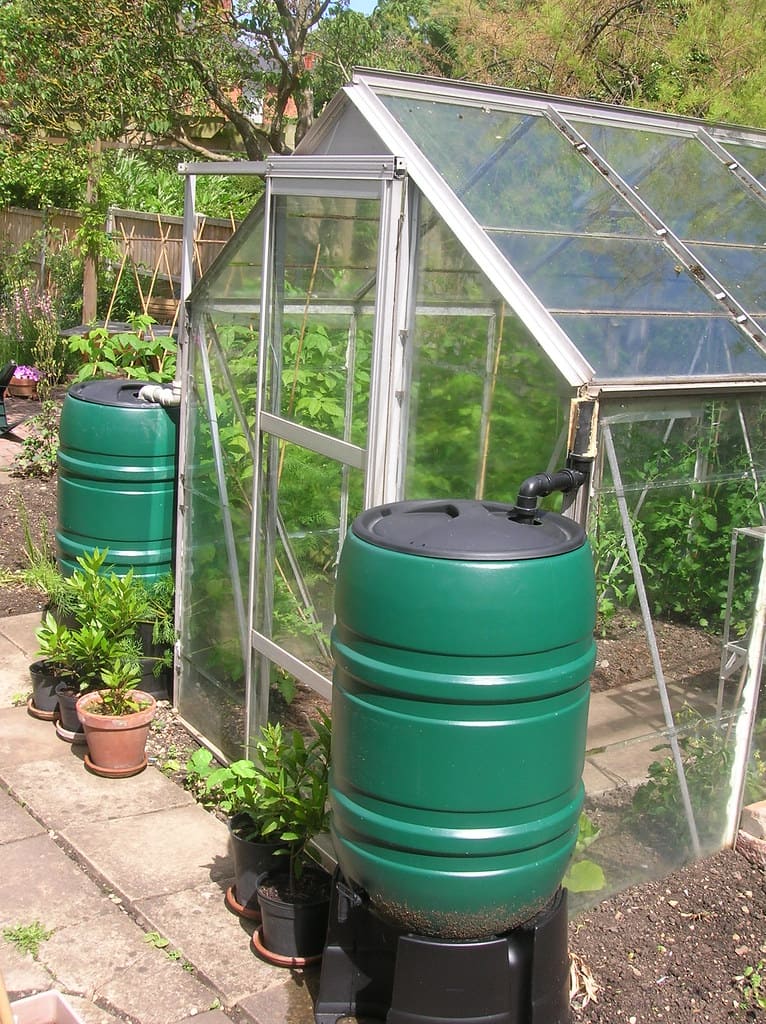
This method is simple, brilliant, and ancient. You can add thermal mass with objects that absorb heat during the day and release it slowly at night.
The best and most common option is water. You use dark-colored 55-gallon barrels or even 1-gallon jugs filled with water and line them along the greenhouse’s north wall.
Stones, bricks, or concrete blocks also work well. During the day, sunlight heats these objects; when the sun sets, they return that warmth to the air around your plants.
Use Hot Compost to Create Gentle Heat for Greenhouse
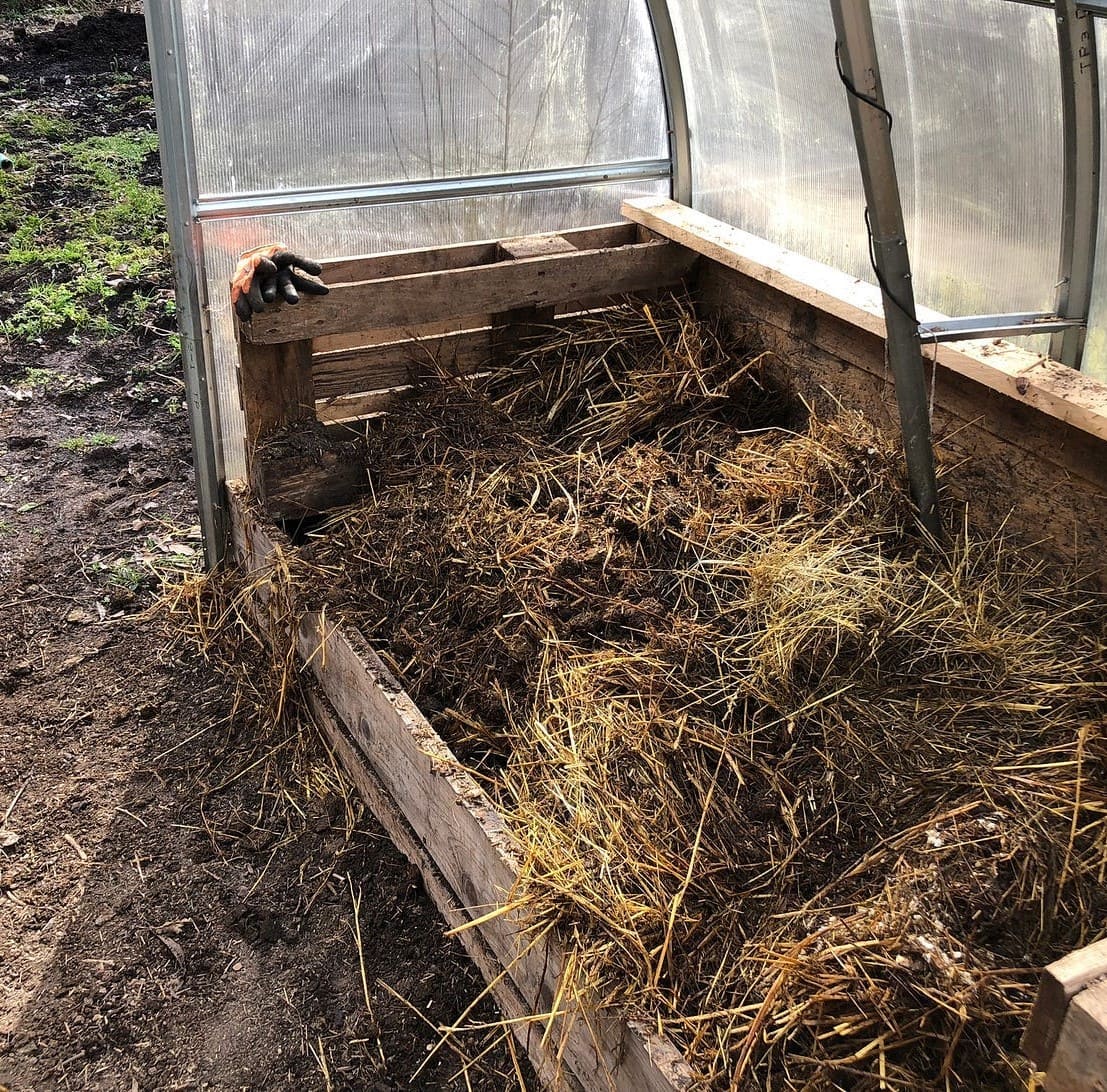
A big compost pile does more than break down kitchen scraps, it generates serious warmth. If you have room in your greenhouse, create a compost pile using straw, leaves, food waste, and manure.
As it decomposes, it can reach temperatures of 130°F or more. This radiant heat gently warms the air.
Compost piles placed along walls or even in a center trench can be a reliable source of low, steady heat for weeks.
Manure Heating Beds

Gardeners used to grow early spring veggies by creating hotbeds, a layer of fresh manure buried beneath planting soil. The decomposition process underneath gently warms the soil.
You can try layering 6-12 inches of fresh horse or cow manure mixed with straw, then top it with 8–10 inches of good soil.
As the manure breaks down, it will warm the roots of your plants. It’s also great for starting seeds and early greens in cold conditions.
Row Covers Inside the Greenhouse

Think of this like dressing in layers. Even inside a greenhouse, using floating row covers or lightweight frost blankets over your garden beds gives crops an added level of protection.
The warmer microclimate underneath helps tender plants like lettuce, spinach, and herbs survive dips below freezing.
Additionally, you can drape the covers loosely, allowing for airflow while trapping warmth near the soil.
Capture the Sun With a Heat-Absorbing Wall
If you have a southern-facing greenhouse wall, consider painting it black or lining it with dark bricks or large stones. These materials absorb and retain solar heat during the day.
At night, they radiate that heat back into the greenhouse. This also helps reduce temperature fluctuations, which can stress plants.
Place Cold Frames Inside Your Greenhouse
Using cold frames inside your greenhouse is like nesting dolls for your plants. Build or place a clear-topped cold frame inside the greenhouse over tender crops.
During the day, the sun warms the space; at night, the two layers of cover trap that heat. This is especially effective for seedlings or heat-loving vegetables grown out of season.
Block the Wind, Insulate the Walls
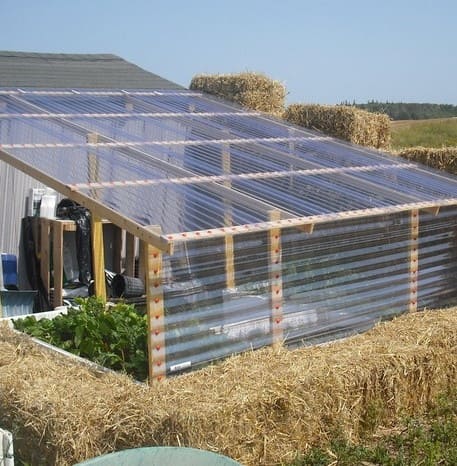
Winter wind steals heat faster than anything. Stack hay bales around the base of your greenhouse to create a natural windbreak.
On the inside, consider lining the walls with clear bubble wrap as it insulates without blocking light.
You can also use heavy-duty curtains to close off sections of the greenhouse at night, reducing the volume of space you need to heat.
Smart Use of Solar Gain
Make the most of sunny winter days. You open vent flaps during daylight to allow sunlight in, then close everything up before sunset to trap that warmth.
Besides, keep the greenhouse clutter-free so sunlight reaches your thermal masses and soil directly.
Even on overcast days, filtered light can help raise interior temperatures by several degrees if your insulation is solid.
Grow Cold-Hardy Crops
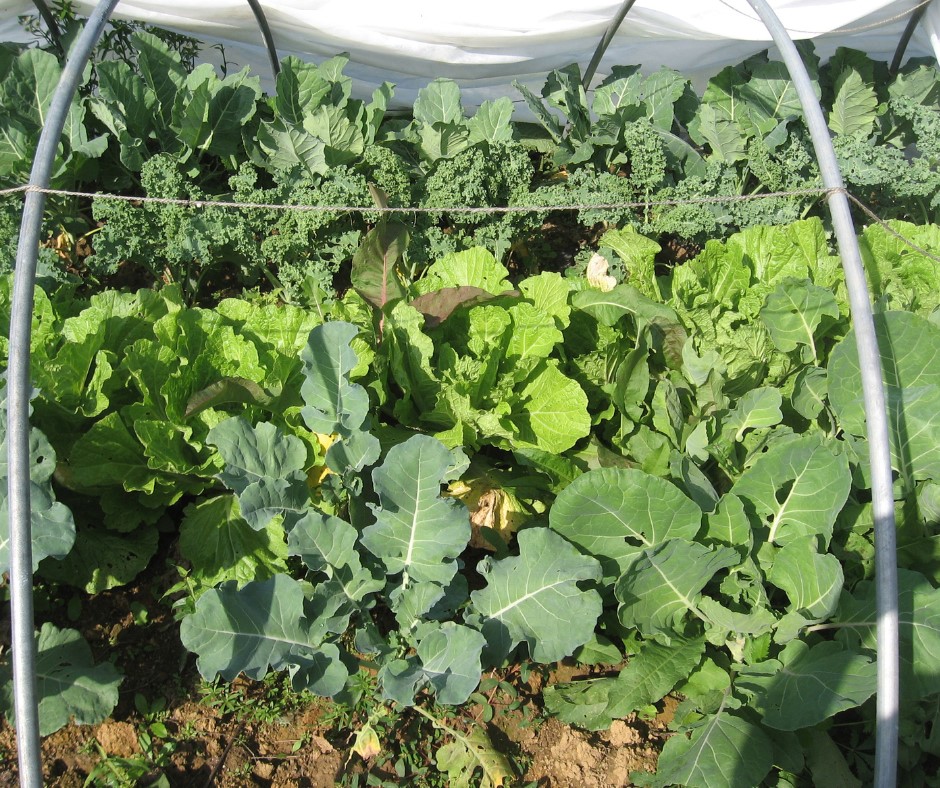
Sometimes the simplest trick is growing what naturally thrives. Choose vegetables that can tolerate cold like spinach, kale, arugula, mizuna, mache, chard, parsley, and hardy lettuces.
These can survive and even thrive in 30-40°F temperatures with very little help.
If your goal is to keep food growing, align your crop choices with the weather, not against it.
